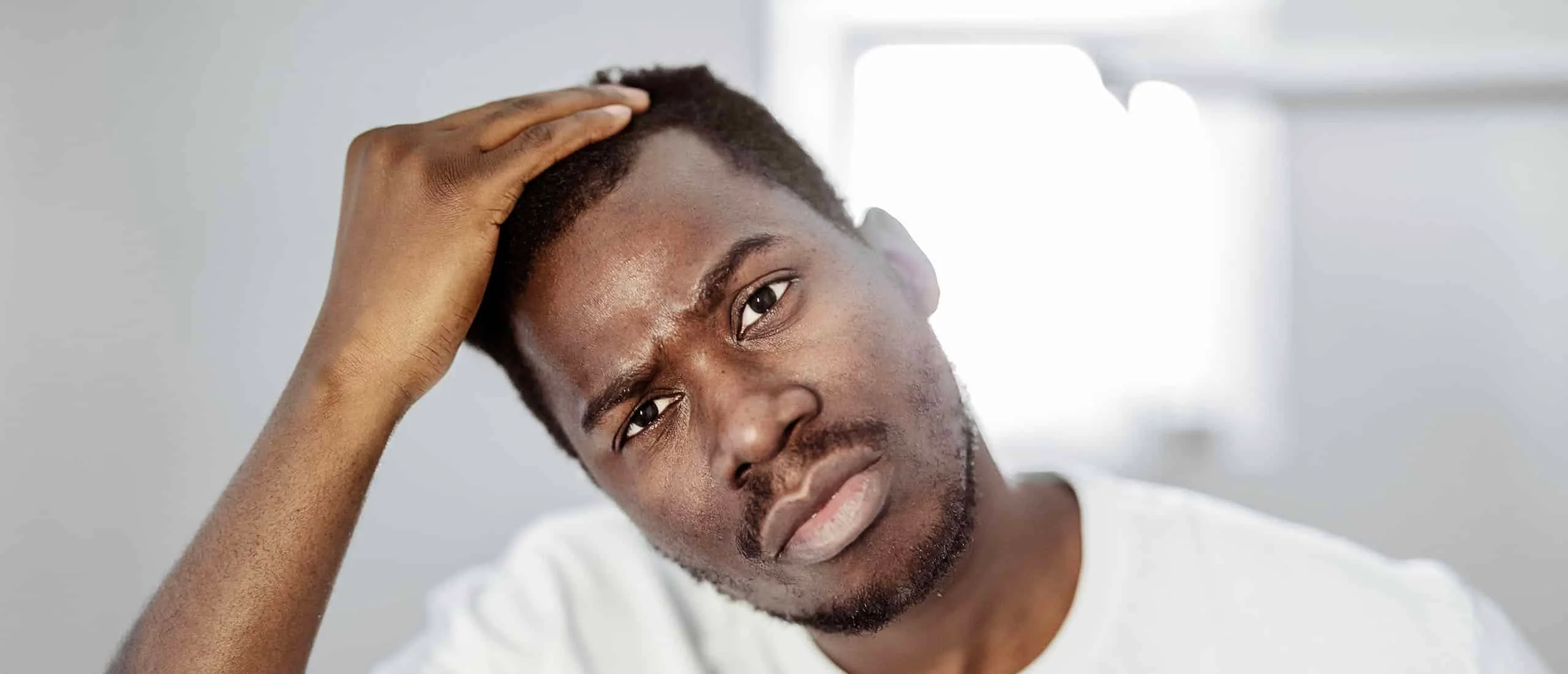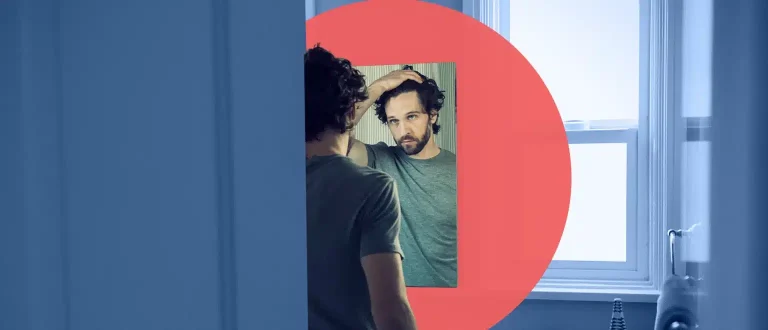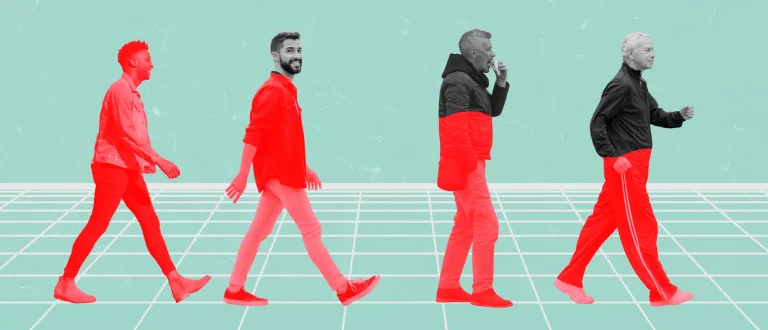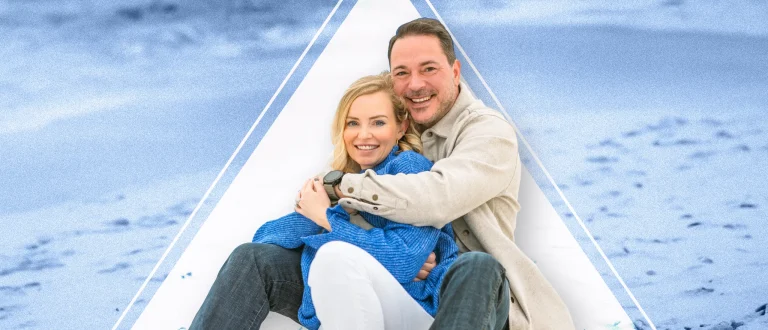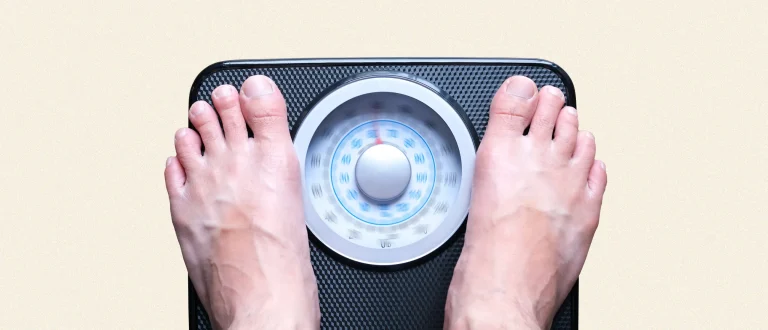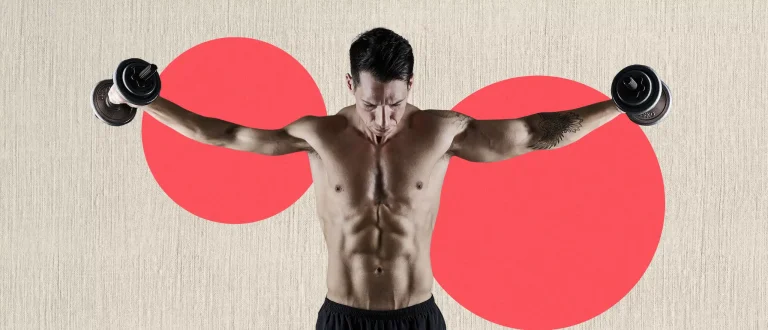The Rock, Vin Diesel, and Jason Statham make bald look good, but plenty of guys are worried about hair loss—and whether levels of testosterone plays a role.
Some men suspect baldness is a sign of low testosterone levels, while others think that going on TRT will make their hairline recede and their bald patch grow.
So which is it?
The relationship between testosterone and how thick and full your hair is (or isn’t) is complex, says urologist Joshua Calvert, M.D. “I wish things were as simple as high testosterone or low testosterone being associated with hair loss or gain, but it’s not,” he says. Hormonal imbalances, particularly when testosterone levels are low, can give rise to a variety of hair-related problems, including hair loss, thinning, and brittleness. Furthermore, these imbalances can also trigger associated health concerns.
Fortunately, we’re here for complicated. Here’s everything you need to know about T and hair loss.
What Causes Baldness?
Before diving into the details about testosterone and hair, it’s worth talking about male pattern hair loss—the type of hair loss most guys stress about—and what causes it.
By age 50, up to half of men start to lose hair along their temples, crown, and hairline (1). Less than 15% of men still sport their full head of hair at age 70.
Unfortunately, male pattern baldness (androgenetic alopecia) occurs due to a combination of genetic factors and the effects of an androgen hormone. These factors largely determine how much hair you’ll have on top as you age.
Age Better
Testosterone and Hair Loss
A specific hormone called dihydrotestosterone (DHT) plays a major role in hair growth and loss. DHT is not the same as free testosterone, the form of T that helps you build muscle and regulates your sex drive.
Your body converts about 10% of the testosterone you produce into DHT via an enzyme called 5 alpha-reductase, notes the Society for Endocrinology.
During puberty, DHT is what caused you to sprout body and facial hair. But as you age, the hormone can be a cause of hair loss.
Hair follicles are particularly prone to the effects of DHT. Higher levels of DHT can cause the hair to fall out faster, prolong the growth cycle, and grow in shorter and thinner, according to the National Library of Medicine.
Your DHT levels follow your T levels. When your T levels rise, your body metabolizes more T into DHT. If your receptors are highly sensitive, even small amounts of DHT can easily trigger them, leading to increased hair loss. Other genes may also contribute to this process.
If you have a variation in a specific gene that makes your hair follicles more sensitive to DHT, the increase in DHT can lead to male pattern hair loss.
Does Low Testosterone Cause Hair Loss?
If your testosterone levels are below normal for your age, you may lose body and facial hair, notes Calvert. But you’re unlikely to notice hair loss on your head.
Low T
How Does Testosterone Affect Hair?
If a hormone test like Hone’s at-home assessment shows that your testosterone levels are low, your doctor may prescribe testosterone replacement therapy (TRT) to get them back to a normal range.
TRT can help ease symptoms of low T like weight gain, a lack of energy, and brain fog. But when you start TRT, you may gain—or lose—hair on your face, head, or body.
There’s no specific testosterone level that you hit that leads to a bald spot, says Calvert. A lot of your risk for male pattern baldness depends on your age and DNA.
Further complicating things: Elevated DHT can lead to male pattern baldness, but “lots of guys who go on testosterone actually grow more hair and have a fuller, thicker head of hair,” says Calvert. More DHT can also make you sprout more body hair.
Unfortunately, there’s no way to accurately predict what will happen to you if you start TRT.
That’s frustrating, to be sure.
However, Calvert says that the majority of TRT side effects—including hair loss—are typically associated with “supratherapeutic testosterone” levels. Meaning, you’re taking more testosterone than necessary and are being overtreated. If you take excess testosterone, your body will convert it to DHT, which can trigger hair loss.
This is why it’s critical to have your T levels tested frequently, and to work with your doctor to get your dose right.
Developing side effects—including hair loss, which research shows (2) causes real struggles with anxiety, self-esteem, and body dissatisfaction—can cause you to give up on TRT.
But stopping TRT can cause other symptoms to come back.
A better option: Regular testing, which is offered at Hone, will prevent your T levels from climbing too high. Your doctor can change your dose based on your lab results.
5 Hair Loss Treatment Options to Try
If your testosterone levels are in the right range, but your forehead is just getting…bigger, there are topical solutions and other treatments to address hair loss/hair thinning:
Topical minoxidil
You know this commonly as Rogaine, which you can easily find over-the-counter in drugstores and grocers. The topical that you apply twice a day has been shown to prevent some hair loss and jumpstart new hair growth by stimulating hair follicles, according to the American Academy of Dermatology (AAD).
Finasteride
This prescription medication blocks the conversion of T to DHT. It can be used to treat a receding hairline and bald spot up top (but not hair loss at the temples), according to the National Library of Medicine.
Laser treatments
A variety of laser treatments aim to strengthen and promote regrowth. One, low-level laser therapy (LLLT) has been shown to help increase hair thickness and density (the number of hairs on your scalp) compared to sham treatment (3).
Platelet-rich plasma (PRP) injections
PRP involves injecting platelet-rich plasma (taken from your own blood) into your scalp, which may provide growth factors that can protect the hair you have and trigger new growth.
Hair transplants
The four- to eight-hour procedure involves removing healthy hairs from your scalp and transplanting them into a thinning area, explains the AAD. Today, hair transplants produce natural-looking results.
Biotin supplements
Biotin, or vitamin B7, may help promote hair, nail, and skin health due to its role in supporting keratin synthesis.

